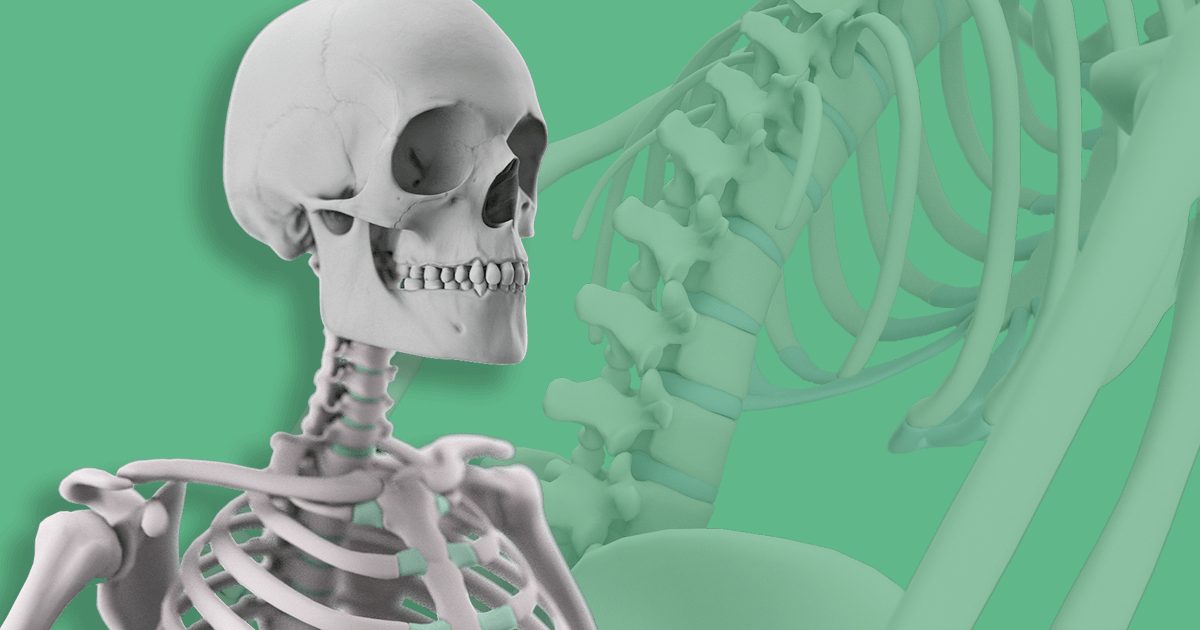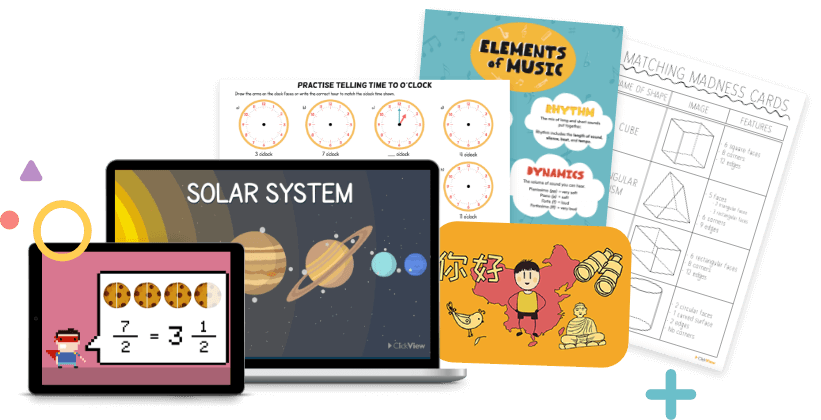Using Video to Engage a New Generation of Foreign Language Students
Language teachers spend each lesson delivering the essentials of grammar, syntax and vocabulary. As we see new generations of language learners the challenge, or mission if you like, is to continue to deliver these essentials in fresh and relevant ways.
The students who sit in our classrooms now have grown up swiping screens as often as flicking pages. Most have read more bubbles of text than paragraphs of print. Screens are their source of entertainment and information as well as their means of communication. And yes, screens are an integral part of their classrooms. Video plays a major part in their learning.
ClickView Productions brings all the magic of the screen age to this new French video education series for beginner and intermediate learners. It has the “hook” of the video game quest, the cast of fantastic cartoon characters and the surreal feel of the virtual world which is now so much a part of ours. This is a fresh and relevant way of delivering those language essentials. It is a resource for 21st century screenage students and teachers alike.
On one level, these resources are quest stories. The hero or “chef de mission” is the indomitable word-warrior Lingo Ninja. Armed with secret language weapons, Ninja powers, as well limitless reserves of patience and persistence, he’s despatched as guide and assistant to the forgetful, yet feisty, octogenarian Tante Cécile. The programmes focused on the family unit see him off on an identify and inform mission, helping Tante Cécile to unravel family relationships at her eightieth birthday party. The programmes focused on doing the grocery shopping see him out on a search and locate mission in the neighbourhood shops, to re-stock Tante Cécile’s depleted food supplies.
Essentially, though, these are serious language learning resources. Underpinning the storyline with its suspense, special missions, secret weapons and cast of quirky characters, there’s a solid core of French grammar, vocabulary, sentence structures and culture along with on-going practice in all four language skills, regular consolidation of the language covered and regular assessment of learning.
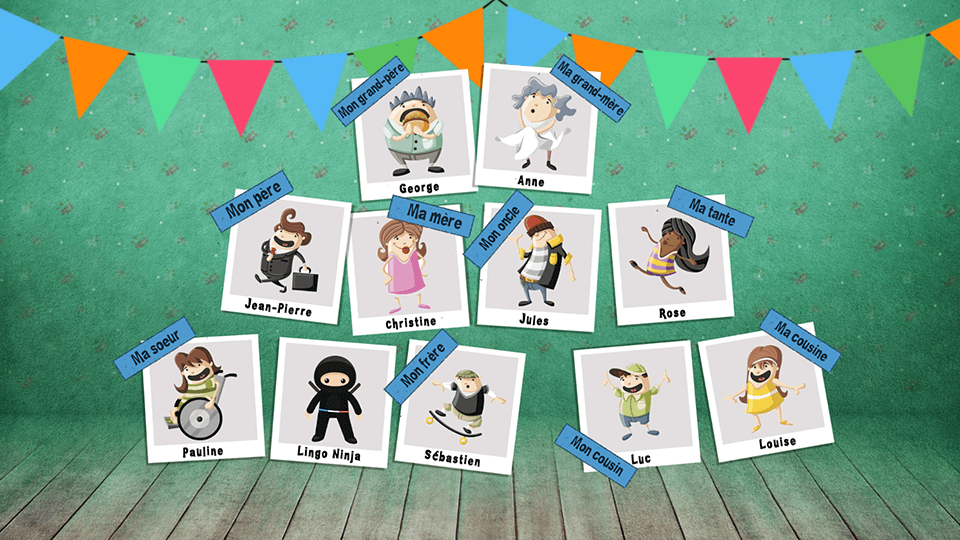
Language and culture content
The base of grammar, sentence patterns and vocabulary in the beginners’ videos is set at the foundation (year 7 to 8) level. The intermediate videos cover the more complex structures and the broader range of language required at years 9 and 10.
The cultural context of La Famille, is the familiar social situation, the fête de famille or family celebration. The key language, which is presented in a dialogue between Lingo Ninja and Tante Cécile, centres on descriptions of self and family.
The cultural context of Faire les Courses, is that common household routine, shopping for groceries. The key language here centres on the shopping list, the shops and shopping. Again, it is presented in a dialogue, this time not only between Tante Cécile and Lingo Ninja but also between Lingo Ninja and the shopkeepers.
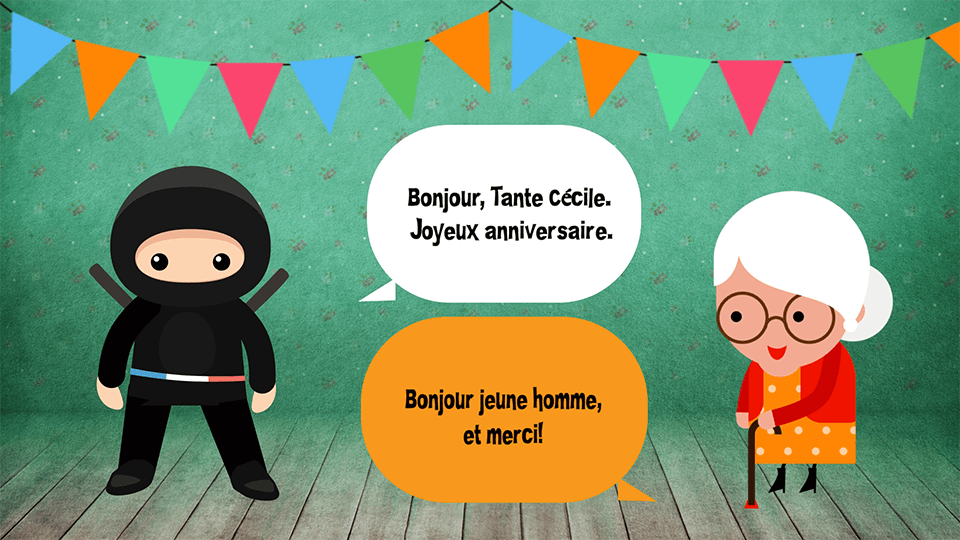
Learning French language skills
The French speech bubbles and the accompanying spoken language provide reading and listening practice throughout all the videos. Written skills are practised in the interactive tasks while the final À Toi activities include both writing and speaking practice.
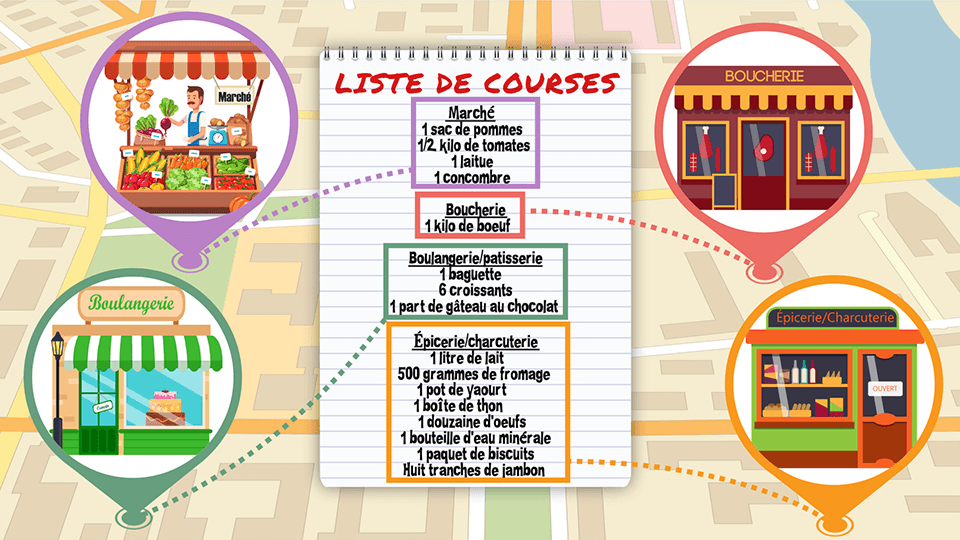
Consolidation and assessment
The interactive activities consolidate key structures and vocabulary covered in each section and provide for cumulative assessment. In the final open-ended À Toi activities students write from personal experience and at their own level, using the scaffolding provided by the sentence structures and vocabulary modelled in the videos and also drawing on their own store of language and culture. This allows for the consolidation of all the language covered and for summative assessment. These activities also provide a springboard for further teaching or extension.
This is an exciting era in language learning. Video education resources like ClickView’s La Famille, Faire Les Courses, La Fête De Famille and Acheter Des Aliments are engaging, empowering and enabling. They give students more independence and more control over their own learning. They allow teachers more time to observe, to assess and to evaluate.
As technology advances and develops at an ever-faster pace, there are even more exciting times ahead. As a teacher, my video education experience began with video cassettes and unwieldy TV sets on trolleys, then passed through DVDs and interactive whiteboards. Now I can look on as, with a click, my students reach into a virtual library and with another click, set off, on individual notebooks or ipads, on a mission with Lingo Ninja and Tante Cécile. Who knows what video education will deliver to our classrooms in the next decade? I can’t wait to see.

